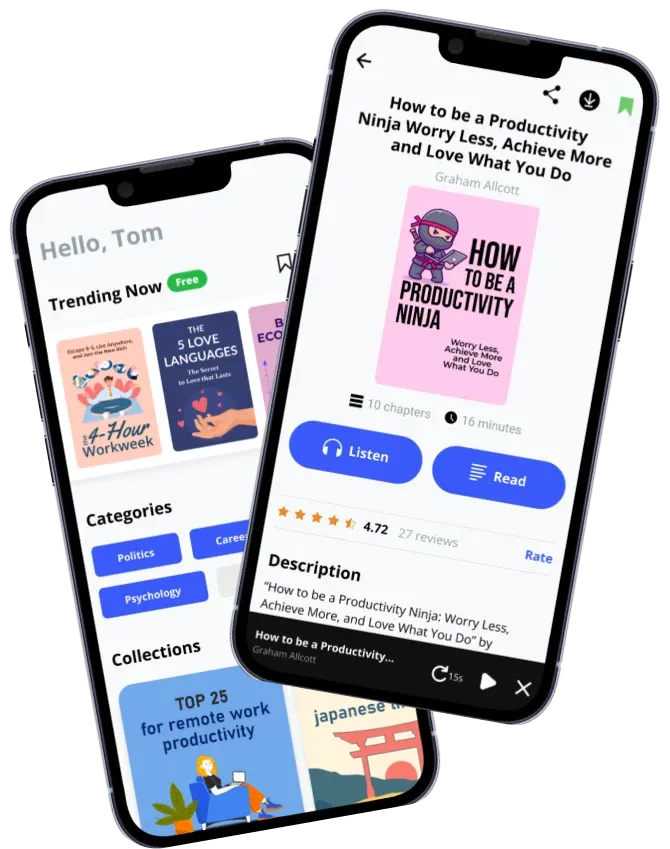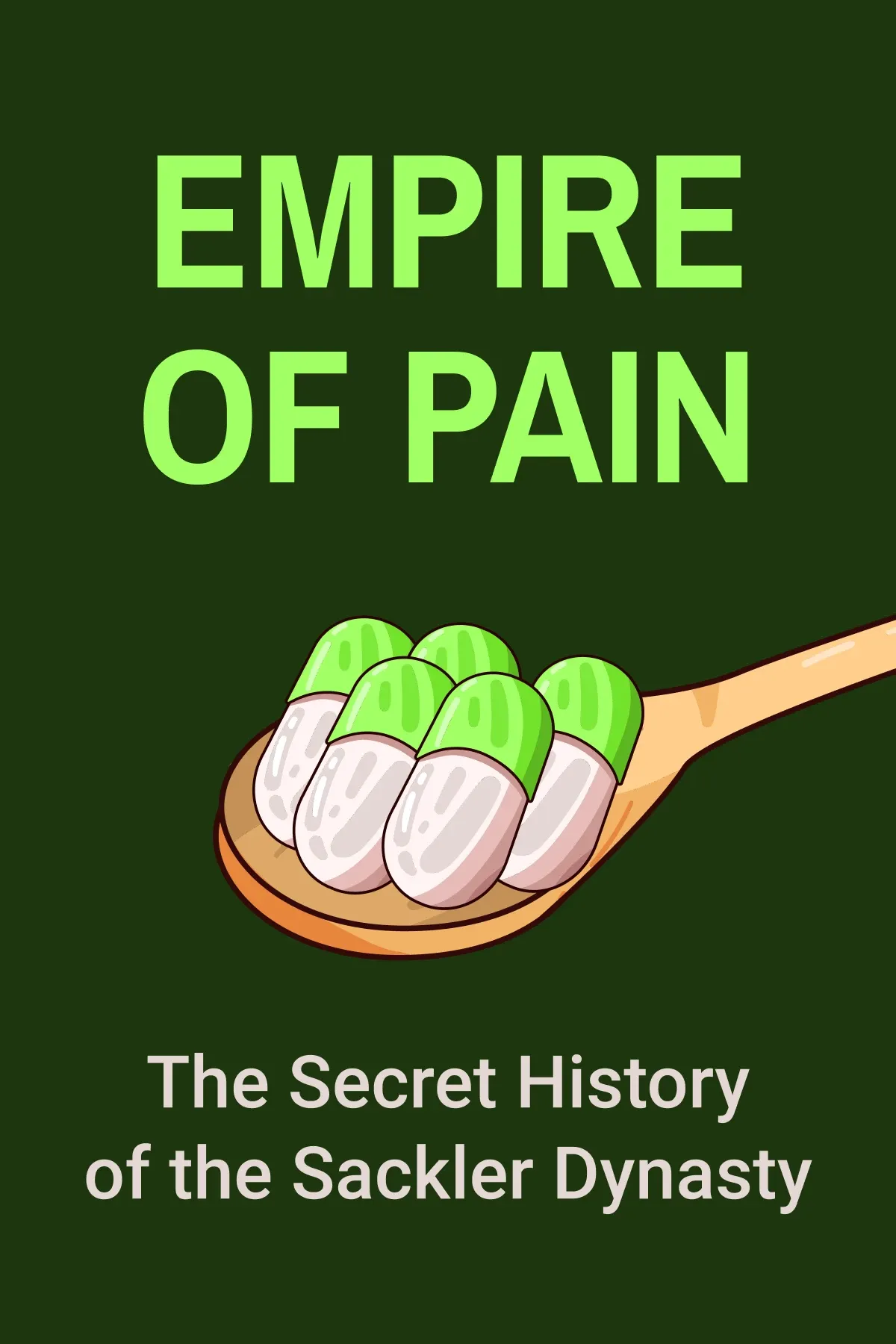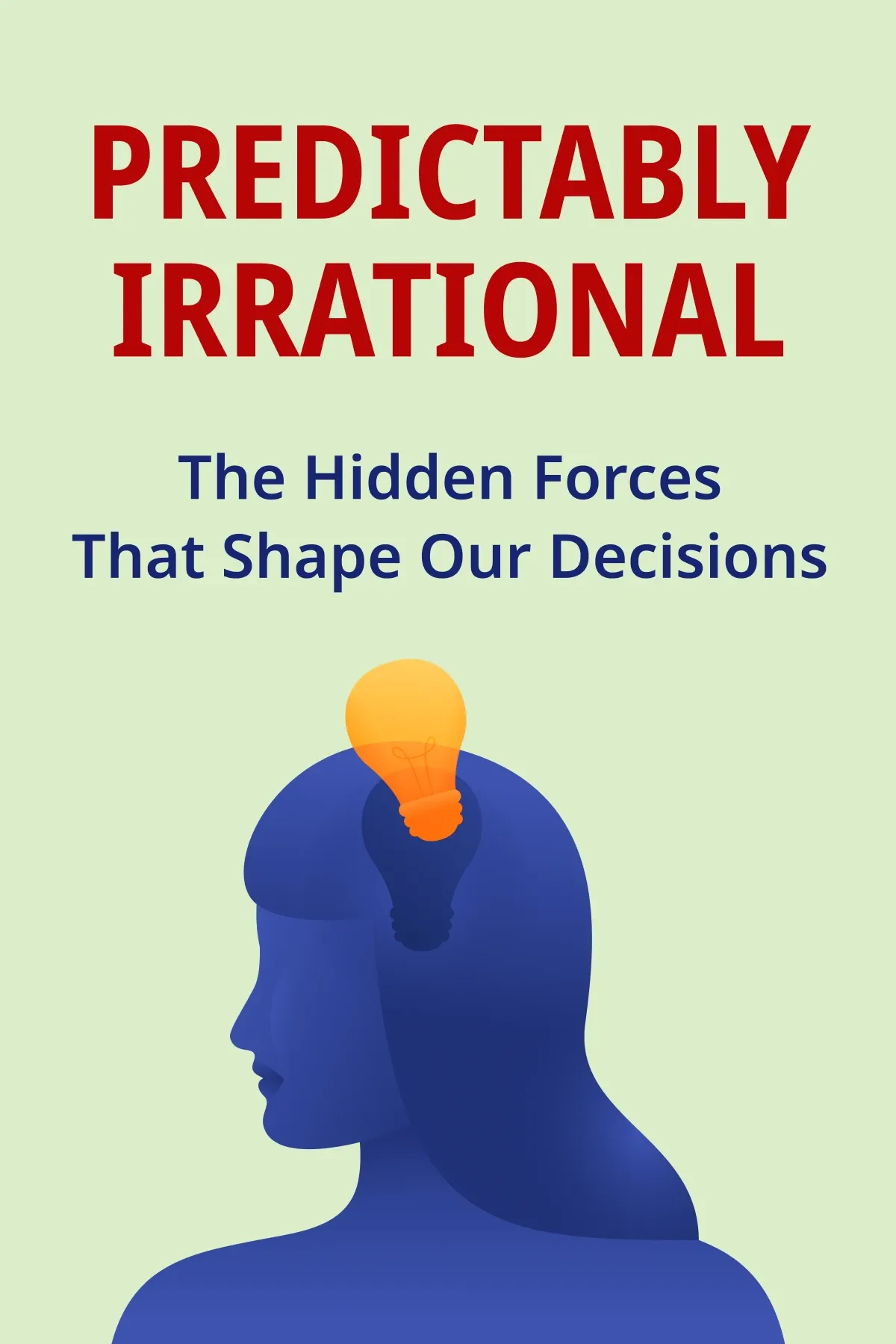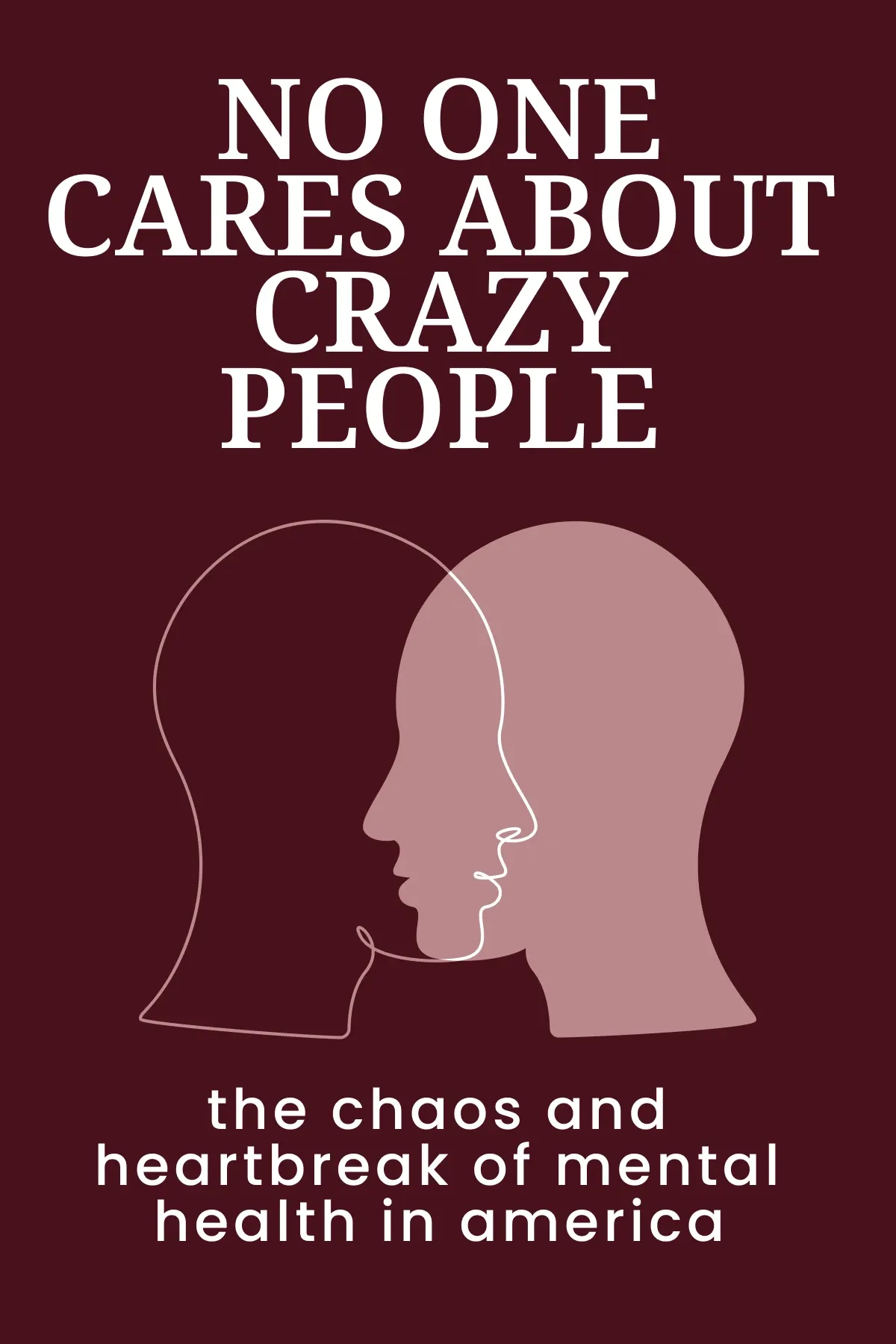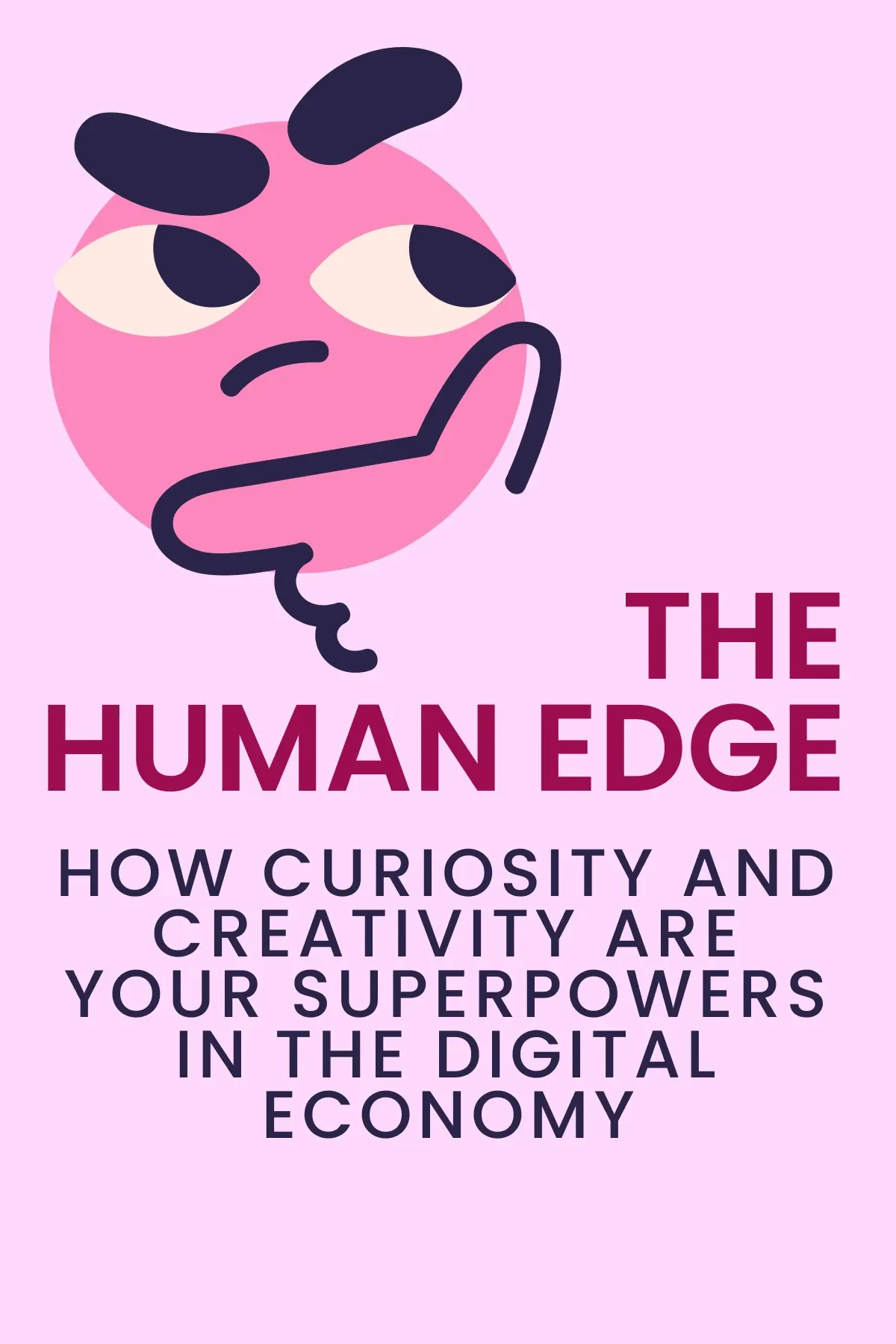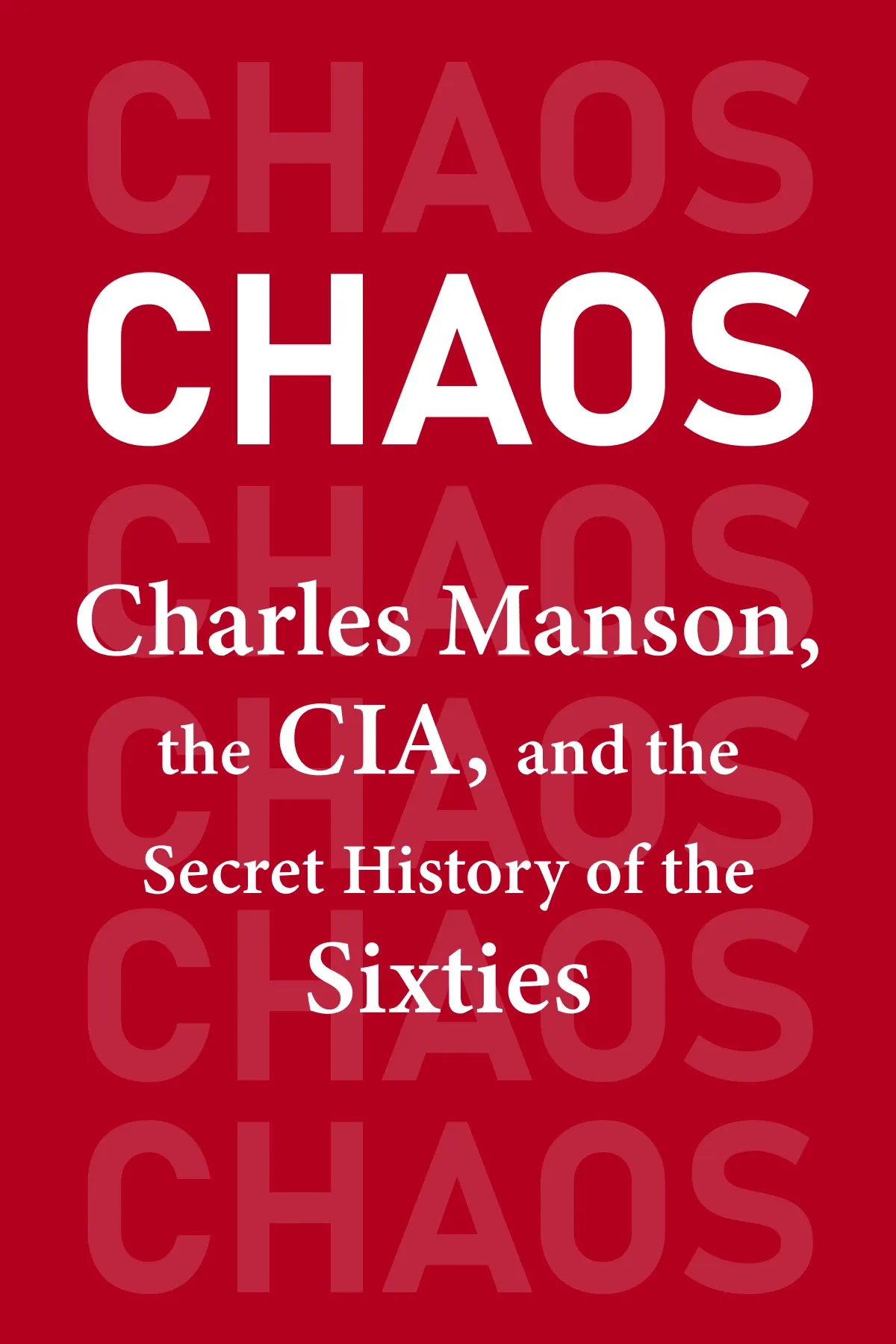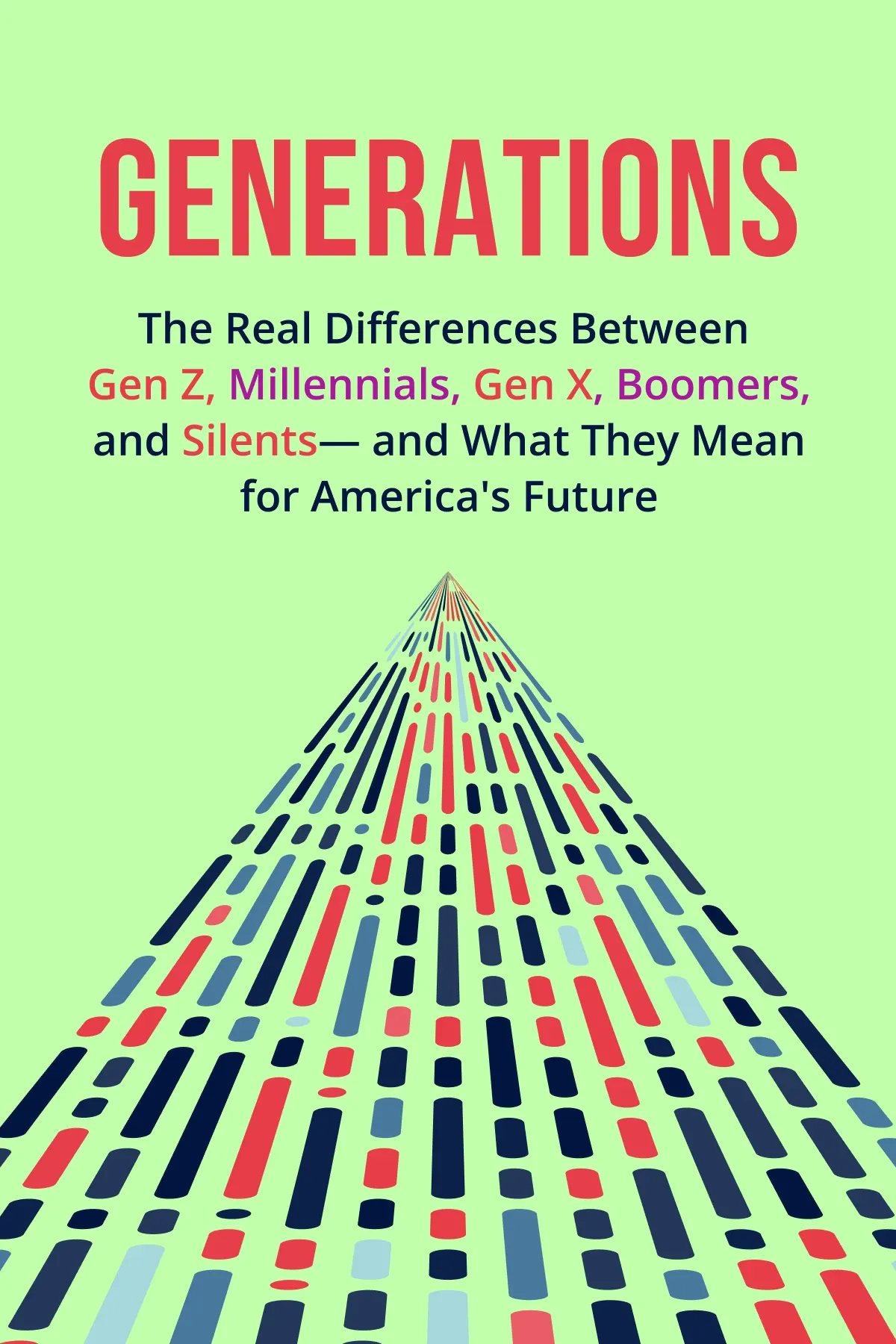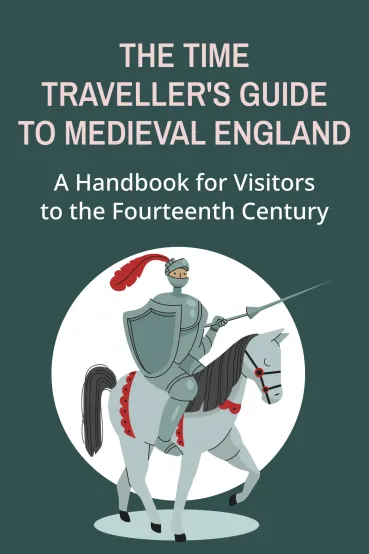
The Time Traveller's Guide to Medieval England
Brief Summary
When talking about Medieval England, you most likely imagine bright, romanticized pictures from children's books or, on the contrary, something extremely gray and filled with information and statistics rather than images. Ian Mortimer, the author of “The Time Traveller's Guide to Medieval England” suggests you change your approach and dive headfirst into this time period, learning a lot of fascinating things.
Key points
Key idea 1 of 8
When we think about events in the past, we often treat them as empty facts: this ruler kept raising taxes, and this queen started a war where so many people died. Even if you can understand the economic and political characteristics of the time, you can't understand something more down-to-earth like the everyday life of peasants or common travelers. To realize how the average medieval English person lived, imagine yourself in their shoes.
Visualize yourself as a medieval English merchant selling fish. The smell is terrible; you are fighting with your competitor from the neighboring counter, and your customer is trying to lower the price. The streets are dusty, two ladies are arguing about nothing, and old Ed is fixing the sign over his brewery. When you begin to think about the past this way, you feel it on a human level. As you "travel" back in time through your imagination, you come up with more and more questions. For example, you might wonder what materials Ed used to create his sign. And what exactly did he depict on it?
To answer these questions, historians resort to archaeology and architecture. Historical reconstruction helps experts recreate huge chunks thanks to a few surviving details. In addition, many reenactment groups also resort to the "pretend you are living in the past" strategy. They dress in period-appropriate outfits to immerse themselves and relive the experience of the past.
However, this approach is not often used when looking at past political events. Instead, historians turn to the "what if" method, which involves thinking about the "other" scenario. What if the War of the Scarlet and White Rose had not occurred? We get a broader overview of what happened when considering possible alternatives. Yet, this method cannot be used when considering tragedies because it isn't something to influence. For example, we cannot imagine what would have happened if the Black Plague had not hit Europe.
Therefore, the best way to study the past is not just to find some artifacts and put them in a museum. People must constantly search for data, reconstruct, and analyze it. They must also let the experiences of the past pass through them. You may be significantly different from a fishmonger from the Middle Ages. But as well as you, he knew how to love and hate, fear and risk. Feelings are universal to all people, no matter what time they live in. And you can use it to understand history better.
You may also like these summaries
